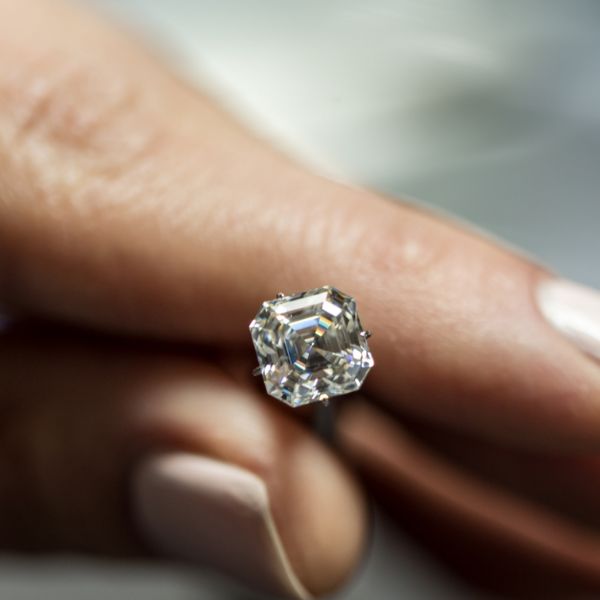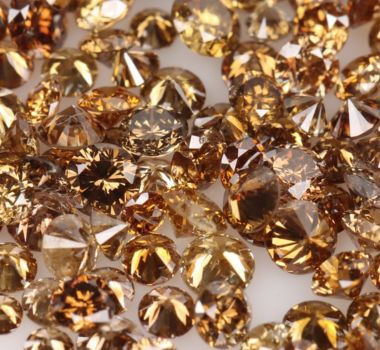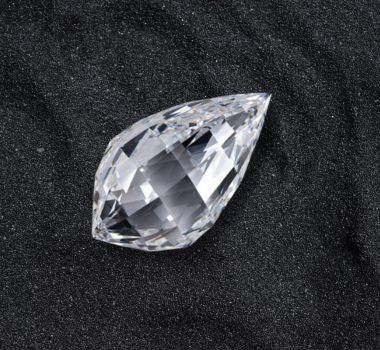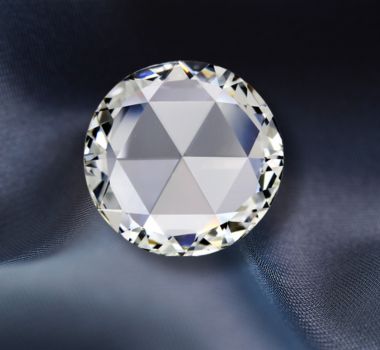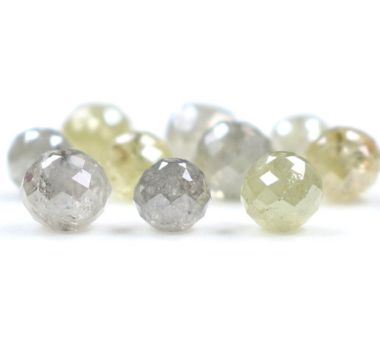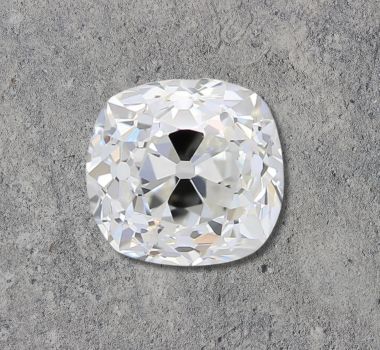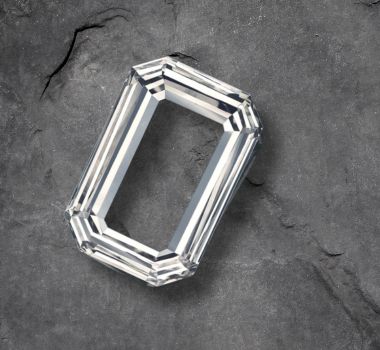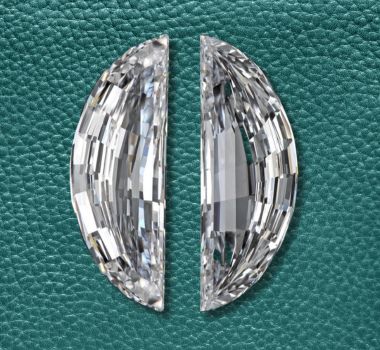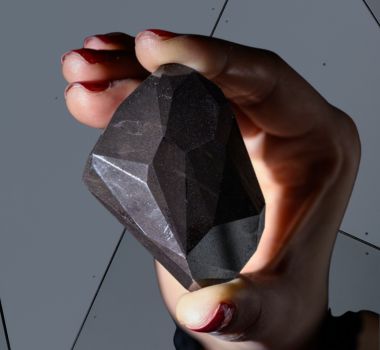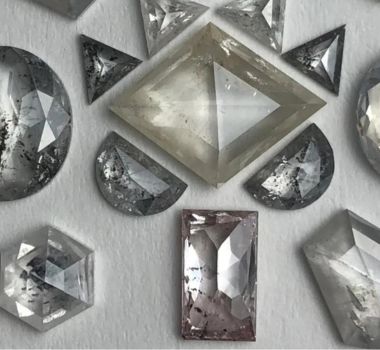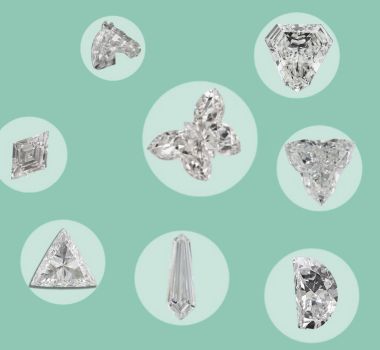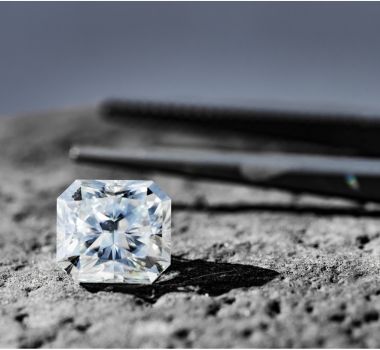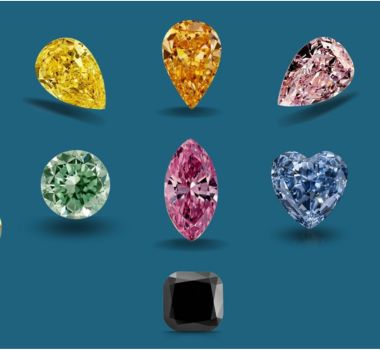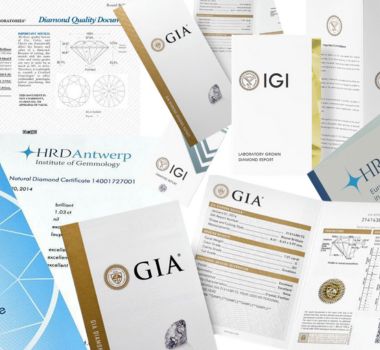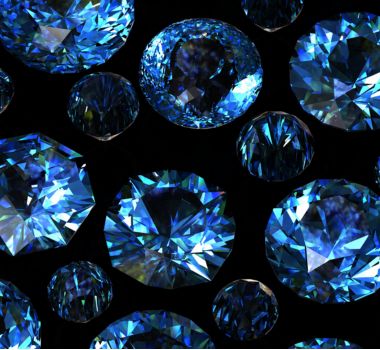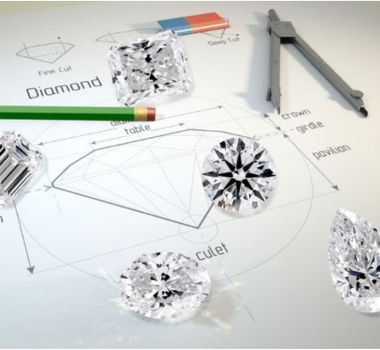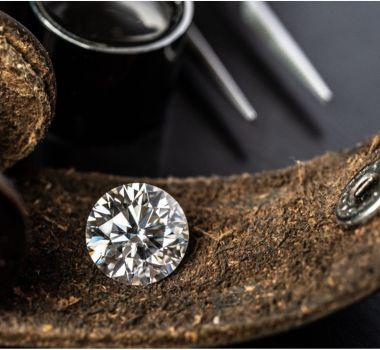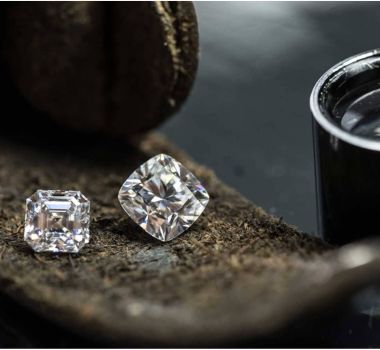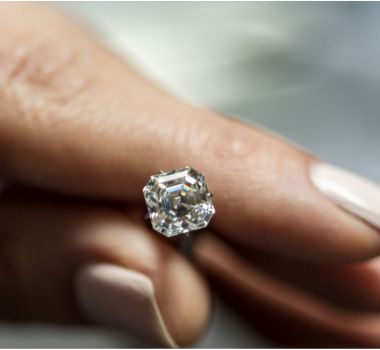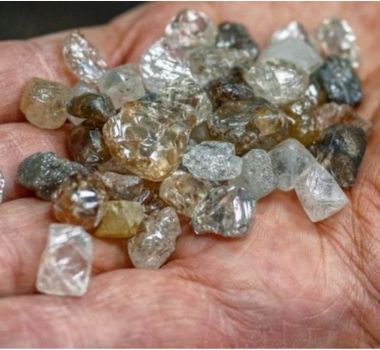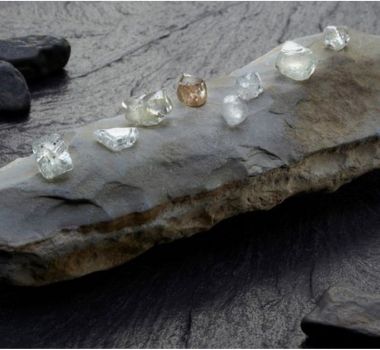
What is the significance of a diamond’s clarity?
Diamond shapes are divided into two groups: round diamonds and the so-called fancy-shaped diamonds. The most traditional diamond shape is the round diamonds, also called brilliant cut. It is also the most classic, the most universal, carrying all the symbolism associated with the round shape. The fancy shape represents all diamond shapes other than the round brilliant cut. Each diamond shape has its own unique characteristics. When buying a diamond, shape is one of the first factors to consider. The way the diamond is shaped has a significant impact on its appearance. Beyond the technical characteristics, the diamond shape that will appeal to you is a matter of personal preference.
The 5 categories of clarity
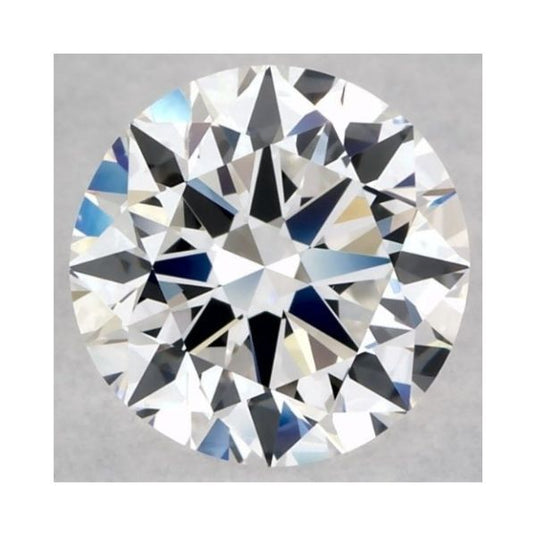
FL/IF: Flawless
These diamonds do not have any inclusions that are visible under a 10x magnifying glass and are considered pure, flawless.
Some small surface defects may be visible under the microscope only on IF diamonds.
Less than one percent of all diamonds are of FL clarity.
An absolutely pure diamond is incredibly rare, as it is almost impossible to find a 100% inclusion-free diamond.
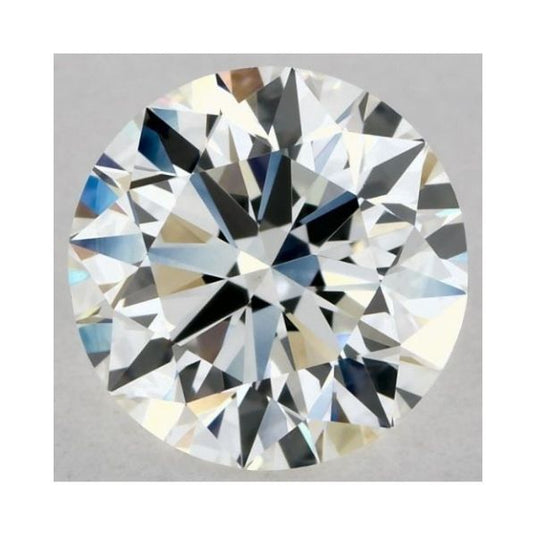
VVS1/VVS2: very very slightly included
A microscope is needed to detect VVS diamonds, which have tiny inclusions that are difficult to detect with a 10x magnifying glass even for the trained eye.
VVS clarity is one of the rarest diamonds and results in a pure appearance to the eye.
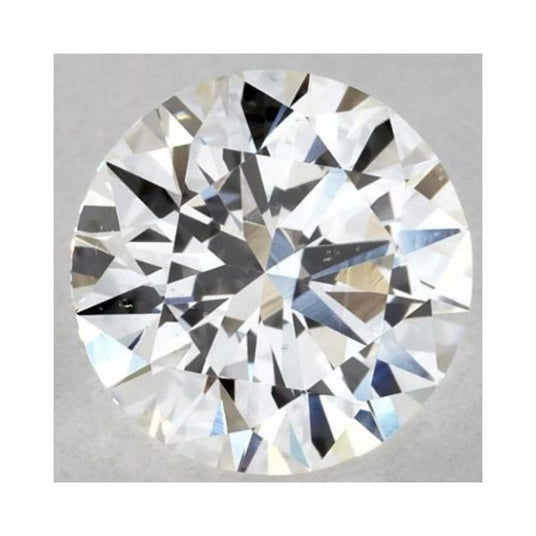
VS1, VS2: very slightly included
These diamonds have minor inclusions that can only be seen with a magnifying glass under 10 x magnifications, unlike the VVS clarity, which requires the use of a microscope.
However, it remains tiny and will never be visible to the naked eye.
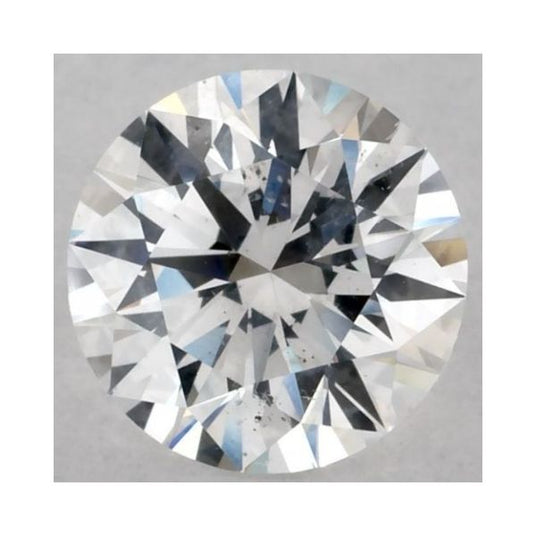
SI1, SI2: slightly included
Inclusions are visible under x10 magnification and generally invisible to the naked eye.
However, some SI2 inclusions may be detectable by a trained eye, depending on the intensity and location of the inclusion.
If they are pure to the eye, SI diamonds often represent the best value for money.
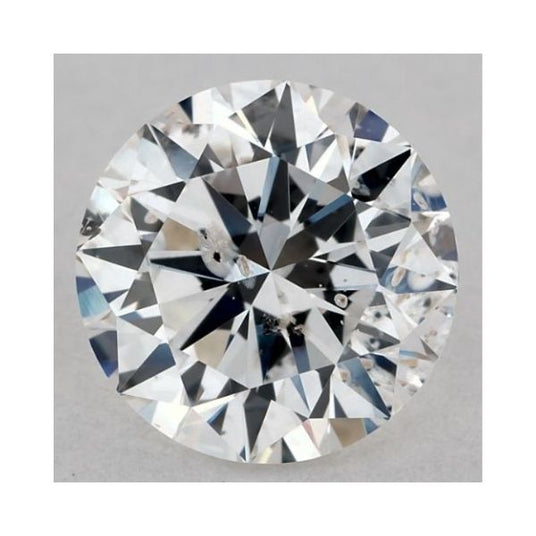
I1, I2, I3: Inclusions
These diamonds contain inclusions that are visible to the naked eye, although they are less obvious on the I1 clarity.
Heavily included diamonds sometimes exhibit poor clarity and lack of brilliance due to the excessive presence of inclusions.
Despite these imperfections, these diamonds also find buyers because they have the advantage of being very affordable in terms of price.
Examples of inclusions present in a diamond:
- Polished lines
- Scratches
- Cuts
- Pitting
- Chips
- Cracks
- Light or dark spots
What clarity grade should I choose for my diamond?
There are a lot of misconceptions about diamond clarity, including the belief that you should buy a diamond with a high clarity grade to avoid seeing imperfections. Another common untruth is that a higher clarity level generates more sparkle. None of this is true!
For the best value, choose a diamond with inclusions that cannot be seen by the naked eye, such as diamonds of the SI or VS clarity grades. These diamonds are much less expensive and are visually identical to the higher grades.
